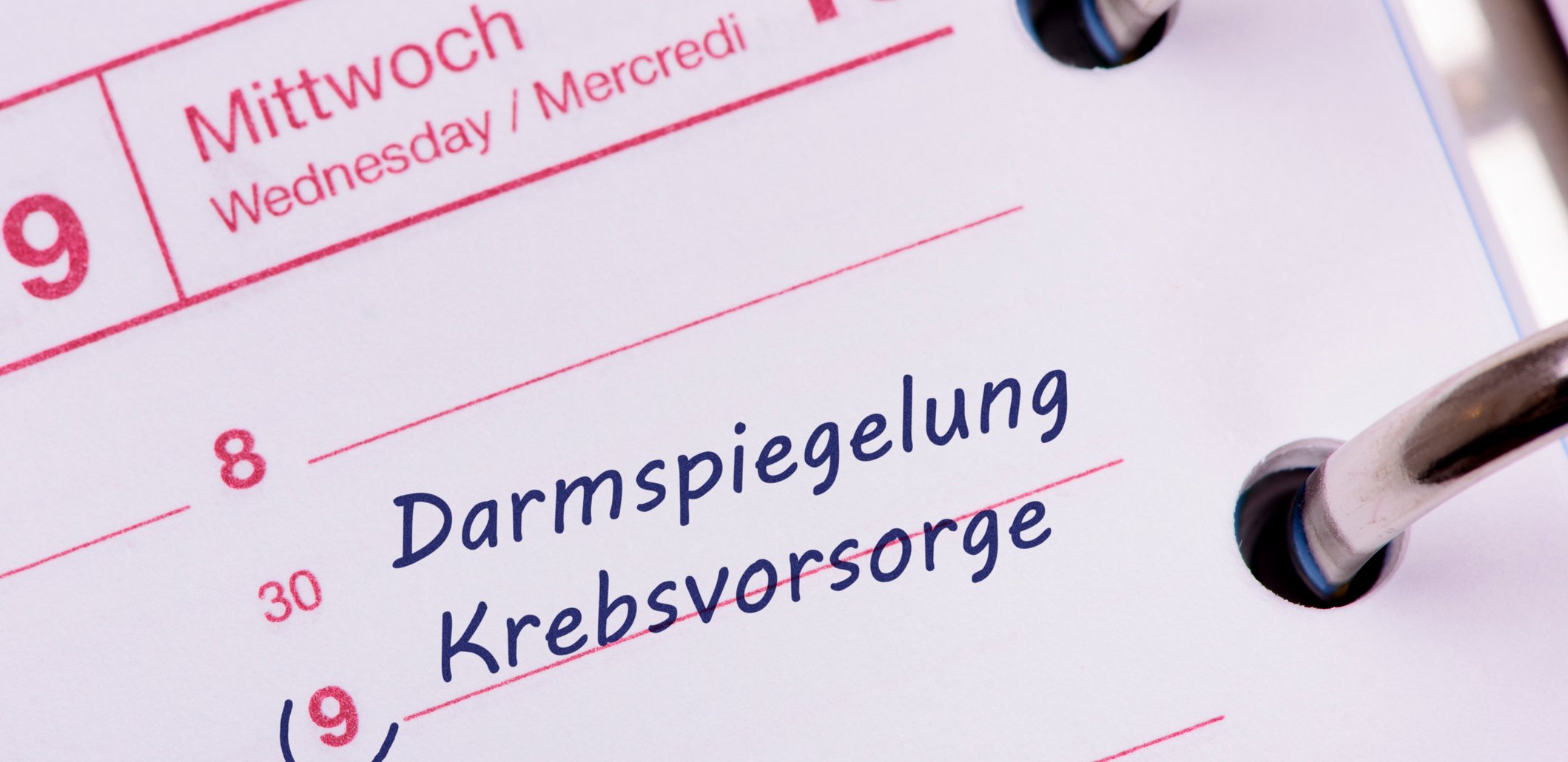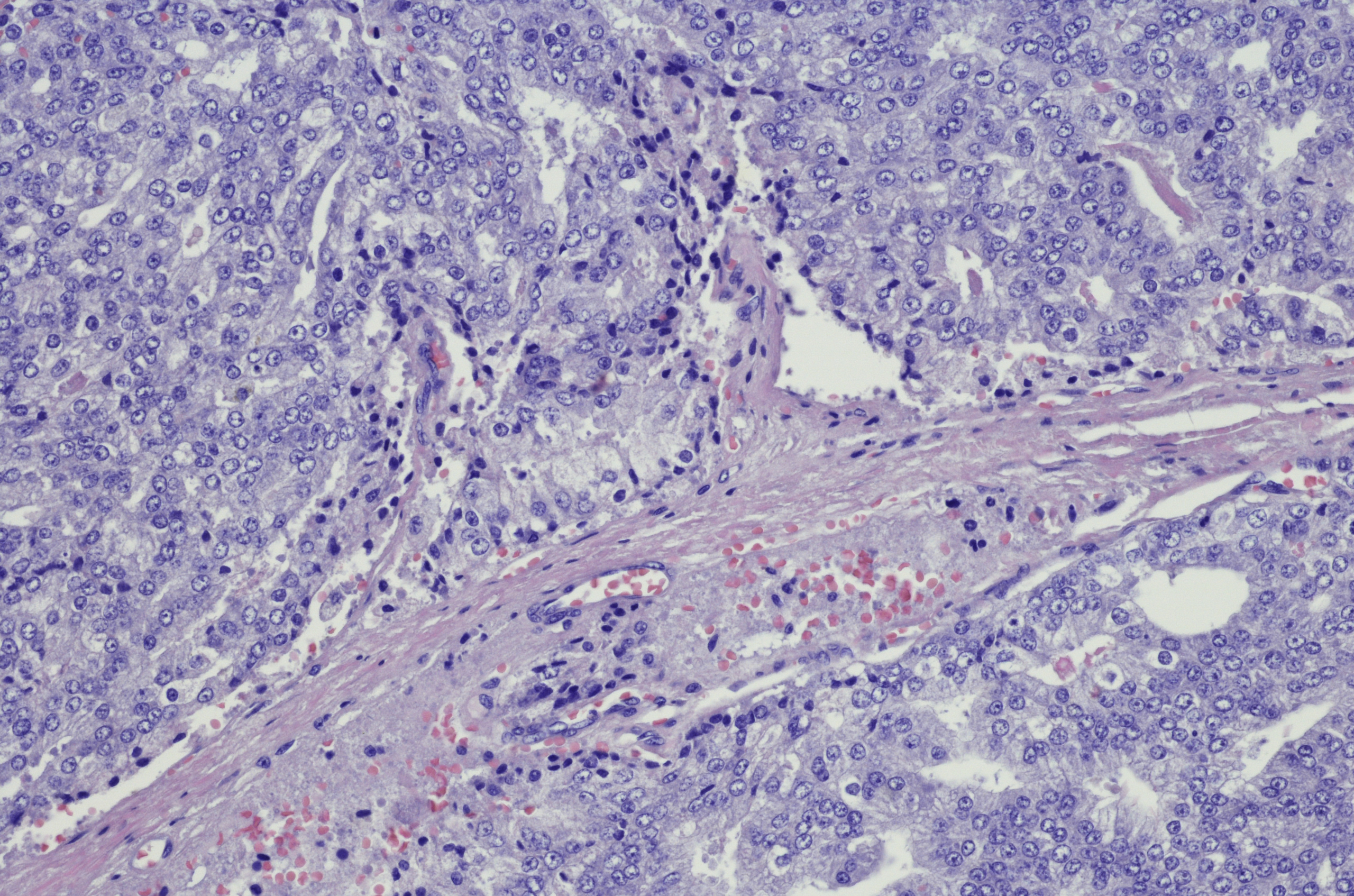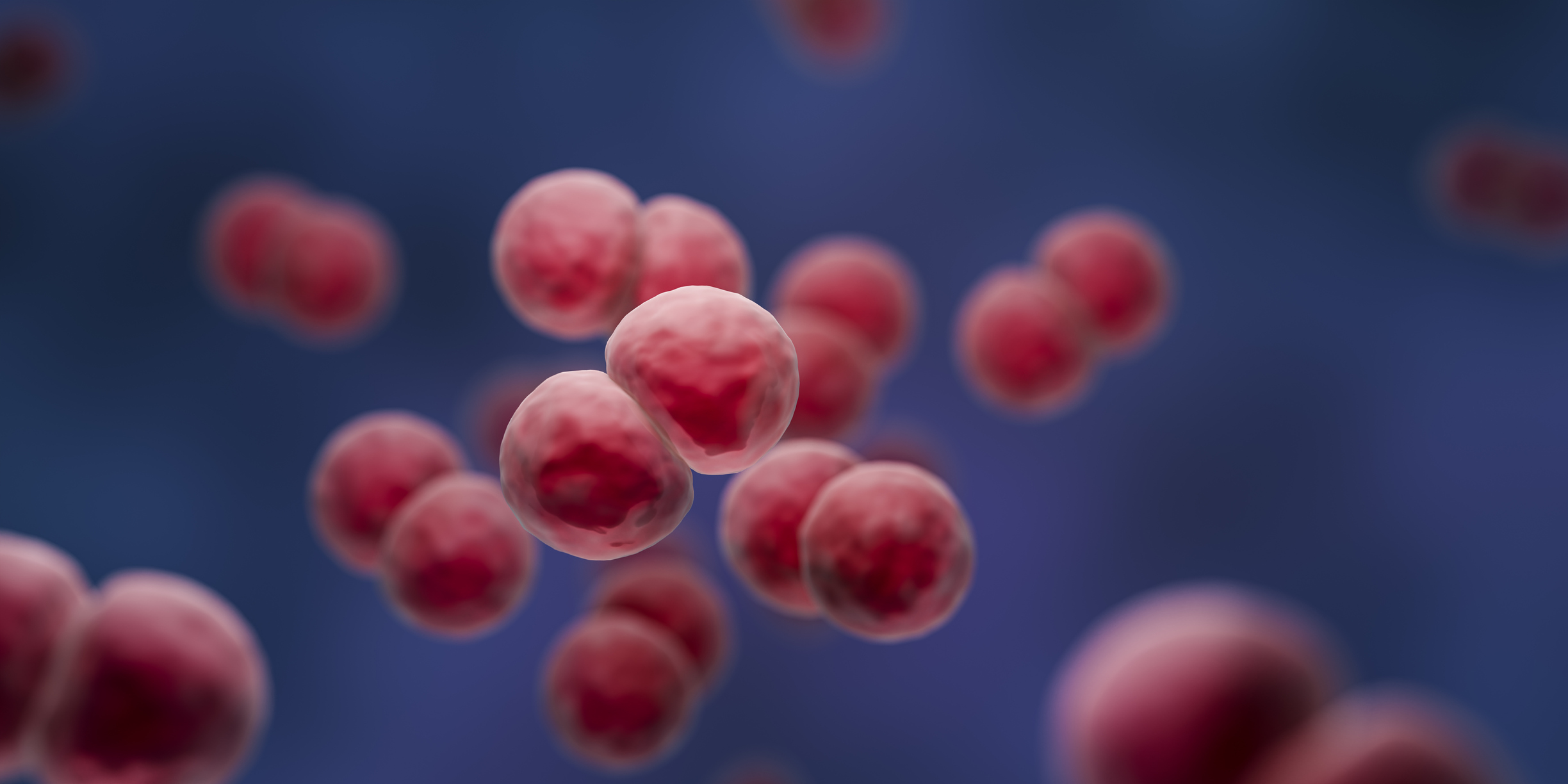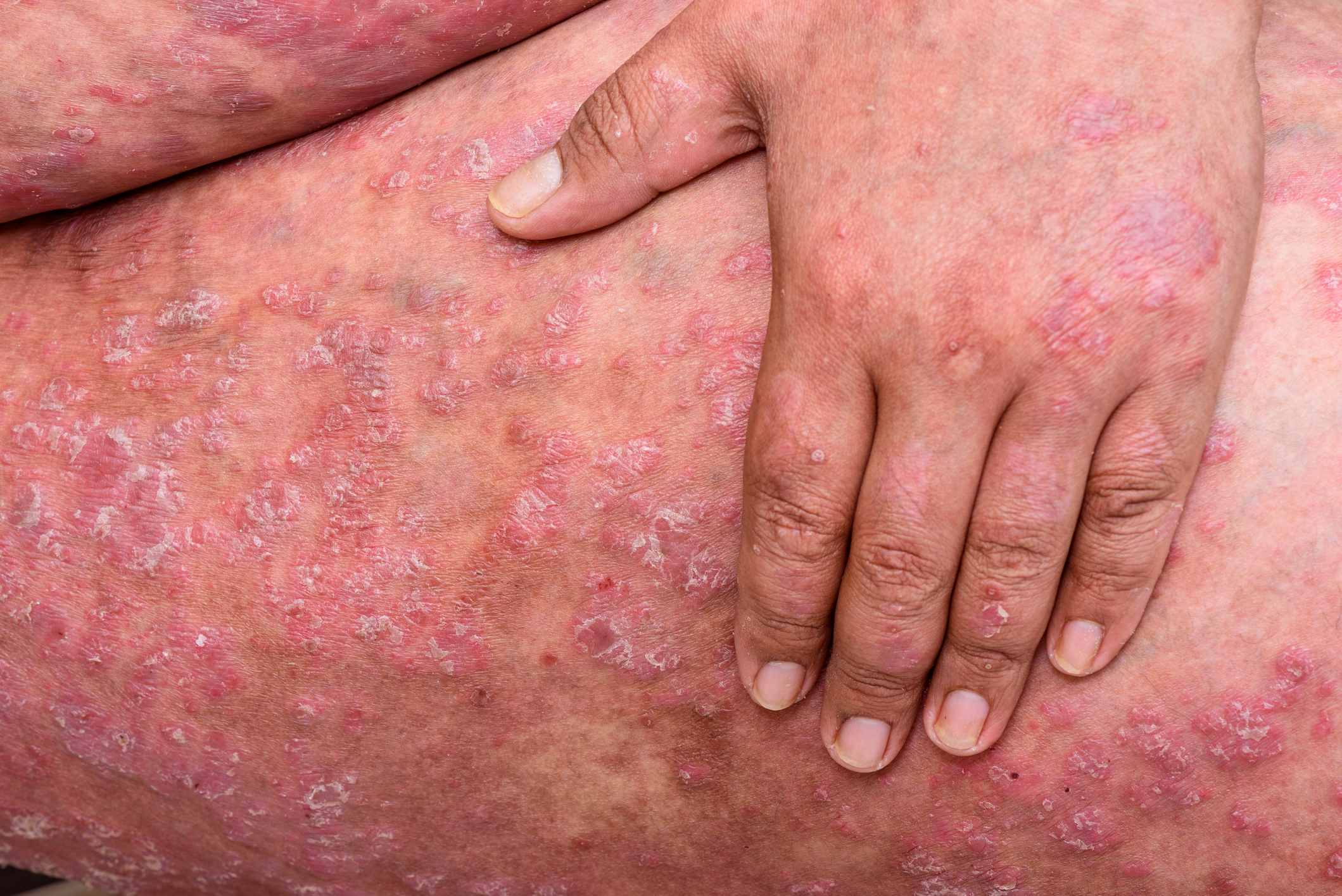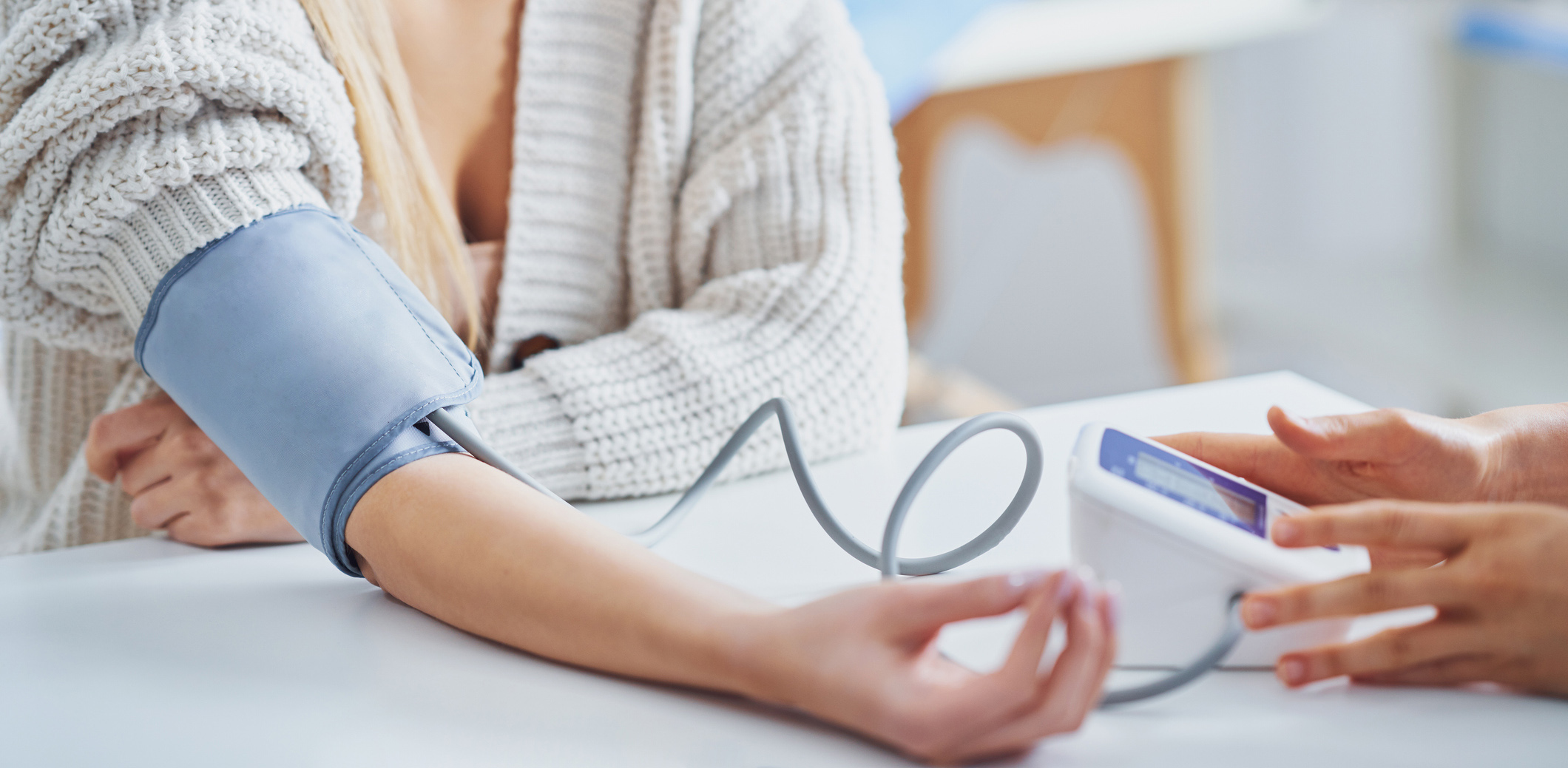In particular, chronic rhinosinusitis with polyposis nasi (CRSwNP) is often associated with high levels of distress and personalized therapeutic strategies are required. Improved understanding of the immunological and inflammatory genesis of nasal polyps has now made it possible not only to remove them surgically, but also to intervene directly in inflammatory processes based on endotyping. Here, biologics for severe cases of CRSwNP play an increasingly important role.
When inflammation of the sinuses lasts more than 12 weeks without complete resolution of symptoms, it is called chronic rhinosinusitis (CRS). Therapy is too often trial-and-error, with lengthy procedures until the condition improves, according to Prof. Philippe Gevaert (MD, PhD), Department of Otorhinolaryngology, Ghent University (Belgium) [1,8]. The speaker pointed out that some phenotypic indicators can be used to narrow down the likelihood of whether it is CRS with or without nasal polyps**. While CRS without nasal polyps (CRSsNP) is often associated with headache, facial pressure/pain, nasal obstruction (“stuffy nose”), postnasal drip (overproduction of mucus on the nasal mucosa), and occasionally olfactory dysfunction, patients with polyposis nasi (CRSwNP) are characterized by nasal obstruction and complete loss of sense of smell, whereas headache and facial pain are rare. However, because CRS may be associated with other pneumologic conditions, such as asthma, phenotyping alone is not sufficient to elucidate the pathophysiology, and further investigation is required. This is where the endotyping of tissue samples comes into play; thanks to corresponding study results, it is now known that further therapy-relevant findings are possible [1].
** Nasal polyps (polyposis nasi) correspond to the typical clinical picture of edematous mucosal hyperplasia, caused by chronic inflammatory sinunasal mucosa.
| In chronic rhinosinusitis, there is thickening of the mucosa and vascular connective tissue due to fibrotic remodeling of the lateral nasal wall, which can lead to narrowing of the airway to the olfactory sensory epithelium in the nasal roof. A distinction is made between chronic rhinosinusitis with and without nasal polyps (CRSwNP and CRSsNP, respectively). At the pathophysiologic level, a distinction can be made between type 1, type 2, and type 3 immune responses, although there is sometimes overlap. The most common comorbidity in patients with CRSwNP is bronchial asthma. With regard to the selection of the appropriate biologic, the measurement of serum IgE levels is informative. |
| to [9,10] |
Tracking inflammatory biomarkers
Initially, it was concluded that type 1 inflammatory markers dominate in CRSsNP, whereas inflammation maintained by Th2 cells and eosinophilic granulocytes predominates in CRSwNP (type 2 inflammation) [1]. However, subsequent study findings showed that endotyping is not limited to this, but can be further differentiated. Tomassen et al. described different endotypes in a 2016 publication based on an analysis of inflammatory biomarkers in CRS tissue, where endotyping was performed without prior differentiation into CRSsNP and CRSwNP by clustering the inflammatory parameters [2]. High levels of IL-5, IgE, albumin, and ECP (eosinophil cationic protein) were detected in six clusters. IL-5 positive clusters were predominantly associated with CRSwNP and frequently with asthma, whereas IL-5 negative clusters were majority associated with CRSsNP and little asthma.
Evidence from large international studies
An analysis of pooled data from clinical trials in different international centers (Berlin, Benelux countries, Australia, China, Japan) provided further interesting findings, which may be useful for the development of effective treatment options [3]. Of particular interest was the finding that the greater the prevalence in urban areas, the more frequently polyps associated with type 2 reaction patterns were found, regardless of geographic location. Moreover, it turned out that CRS in Europe is often a type 2 disease and that it is too short-sighted to assign CRSsNP to type 2 inflammation and CRSwNP to type 1 inflammation. This is important in that it is necessary to know what type of inflammation is present when treating with biologics.
In a study conducted at Ghent University, 47 CRSwNP patients were followed up from 2000 over a 12-year period. It was found that 21% could be cured by surgery. Although disease recurrence occurred in 80% of patients, this was not problematic for all affected individuals. 37% required revision surgery; these patients often had significant distress. In some, the sinuses were still in perfect condition six years after surgery, but the polyps recurred after infection, indicating that quite a few patients are susceptible to this type of pathology. Early and late revision surgery may occur, with revision surgery more likely to be required in those with particular aspirin sensitivity, allergies, high IgE (100 kU/l$ IgE more than normal in tissue). Thus, an IgE level of at least 100 kU/l is indicative of the need for revision surgery at a later time [4].
$ kU=Kilo Units
A practical approach would therefore be to perform endotyping in clinics. However, this is hardly possible at present, since a standard measurement of IL5 and IgE concentrations is not established in clinical practice. However, in the study in question, the University of Ghent researchers were able to predict what the condition would be 12 years later based on analysis of nasal secretions (IL-5 and IgE concentrations, with the latter showing higher significance) in 2000, indicating that this approach is plausible.
In recent years, biologics targeting components of the type 2 inflammatory cascade associated with CRS have gained prominence: monoclonal antibodies (Ak) against interleukin (IL) 5, IL 4, and IL13. IL-5 is a key mediator of eosinophilic inflammation in many inflammatory airway diseases. Over a 52-week period, mepolizumab successfully reduced the number of nasal polyps in CRSwNP [5]; the results of 40 weeks of treatment with benralizumab were less convincing [6], except for subgroups with asthma and high eosinophilia.
Dupilumab (anti-IL4/13 Ak) was shown to be effective in all patients who received it for 52 weeks, and the relevant studies involved specifically selected patients [7].
Implementing translational approaches in clinical practice
The JESREC scoring system is a rigorous method of measuring disease characteristics in a given patient, based on which treatment recommendations can be developed, naturally leading to different results depending on the severity of the disease. In Europe, EUFOREA is a rather indirect system to determine whether or not a patient has CRS with type 2 inflammation; if polyps are present, it is almost always type 2.
Prof. Gevaert explained that nasal tissue examination is the gold standard for the management of CRS. Alternatively, collection of nasal secretions may be considered, although these options are not currently commercially available on the market. Currently, therefore, the following criterion-guided approach forms the basis in clinical practice: measurement of eosinophils in the blood; asthma vs. no asthma; polyps vs. no polyps; and for clinicians without an endoscope: loss of sense of smell vs. no loss of sense of smell.
In patients treated with biologics, there are individuals among both responders and non-responders in whom type 1, 2, and 3 reaction patterns (Fig. 1) occur in combination. These patients are the most difficult to treat: without extensive workup, the appropriate course of action may remain a guessing game.
Regarding postoperative follow-up, an 8-week course of doxycycline improves wound healing and regulates both eosinophilic and neutrophilic inflammation, especially in type 2 patients. Doxycycline is inexpensive and has been shown to be an effective adjuvant therapy, particularly in this CRS patient population.
Literature:
- Van Zele T, et al.: Differentiation of chronic sinus diseases by measurement of inflammatory mediators. Allergy 2006; 61(11): 1280–1289.
- Tomassen P, et al.: Inflammatory endotypes of chronic rhinosinusitis based on cluster analysis of biomarkers. J Allergy Clin Immunol 2016; 137(5): 1449–1456.e4.
- Wang X, et al.: Diversity of TH cytokine profiles in patients with chronic rhinosinusitis: A multicenter study in Europe, Asia, and Oceania. J Allergy Clin Immunol 2016; 138(5): 1344–1353.
- Calus L, et al.: Twelve-year follow-up study after endoscopic sinus surgery in patients with chronic rhinosinusitis with nasal polyposis. Clin Transl Allergy 2019; 9: 30.
- Han JK, et al.; SYNAPSE study investigators. Mepolizumab for chronic rhinosinusitis with nasal polyps (SYNAPSE): a randomised, double-blind, placebo-controlled, phase 3 trial. Lancet Respir Med 2021; 9(10): 1141–1153.
- Bachert C, et al.: Efficacy and safety of benralizumab in chronic rhinosinusitis with nasal polyps: A randomized, placebo-controlled trial. J Allergy Clin Immunol 2022; 149(4): 1309–1317.e12.
- Mullol J, et al.: Olfactory Outcomes With Dupilumab in Chronic Rhinosinusitis With Nasal Polyps. J Allergy Clin Immunol Pract 2022; 10(4): 1086–1095.e5.
- «Endotyping chronic rhinosinusitis for a better treatment approach», Prof. Dr. Philippe Gevaert (MD, PhD), EEACI Annual Meeting, 09.–11.06.2023.
- Cao PP, et al.: Pathophysiologic mechanisms of chronic rhinosinusitis and their roles in emerging disease endotypes. Ann Allergy Asthma Immunol 2019; 122(1): 33–40.
- Fokkens WJ, et al.: European Position Paper on Rhinosinusitis and Nasal Polyps 2020. Rhinology. 2020; 58(Suppl S29): 1–464, www.rhinologyjournal.com, (last accessed Sept 11, 2023).
HAUSARZT PRAXIS 2023; 18(9): 27–28






